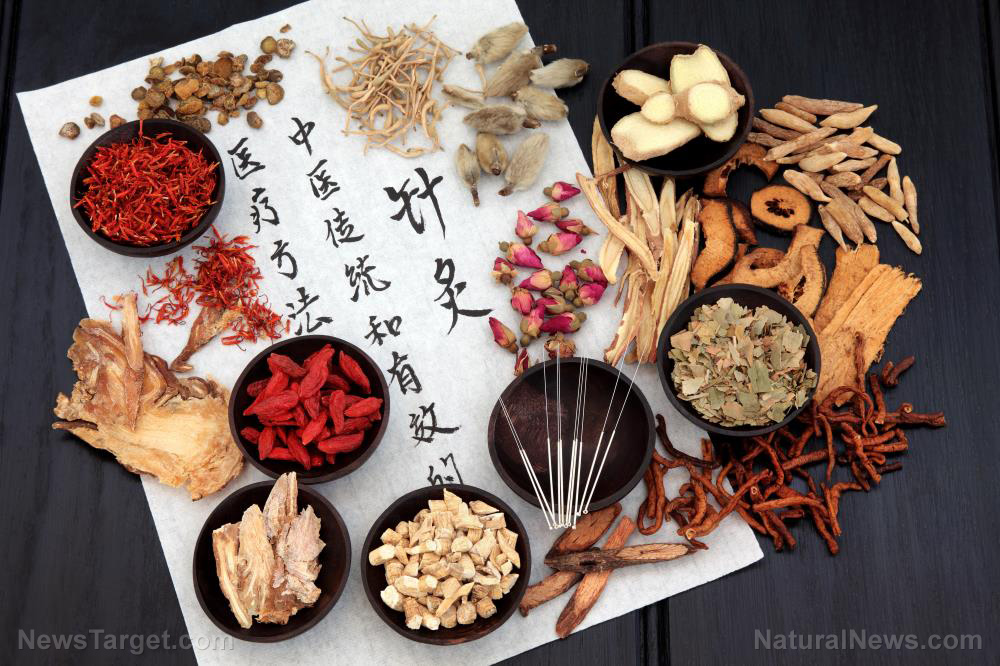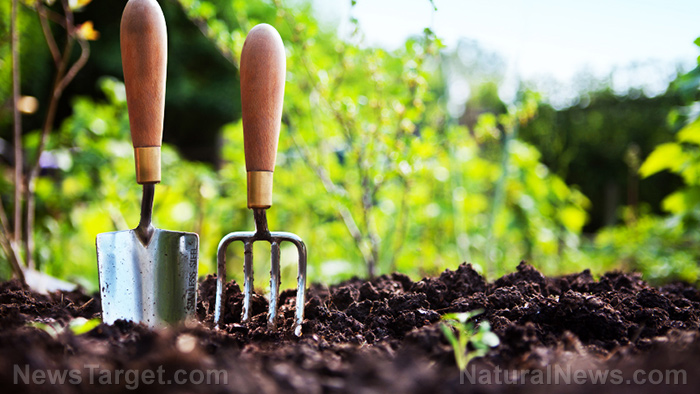
Traditional Chinese Medicine (TCM), uses six external pathogenic influences -- wind, cold, heat, dryness, dampness, and summer heat to determine and support health. By understanding these environmental influences, TCM practitioners can determine what is hindering an individual’s qi, or life force energy. This allows the practitioner to make an intuitive diagnosis and come up with a holistic treatment plan that considers temperature for establishing equilibrium in the body. A treatment plan can be adapted using various foods, herbs, teas, roots, etc. to create an individualized protocol that addresses these external pathogenic influences.
TCM treats wind-cold and wind-heat differently
In TCM, there are two types of cold; they are referred to as wind-cold and wind-heat.
A wind-cold is characterized by these symptoms: chills, headache, sneezing, itchy throat, and a cough that presents clear or white mucus. If the body is experiencing these symptoms, the person is typically in the first stage of a cold, which can last a couple hours or a few days, depending on how the symptoms are treated. One TCM treatment recommends the following if the body is in the initial wind-cold stage:
- Add 10 grams of scallion, 6 grams of fermented soybean, and 3-4 slices of ginger to 2 cups of boiling water.
- Allow the ingredients to boil for ten minutes.
- Use this recipe three times per day.
A wind-heat is characterized by fever and chills, a sore throat, and a cough with yellow mucus. At this stage, the illness has progressed and will need a different treatment protocol. One TCM treatment recommends the following for the more progressive wind-heat type of cold:
- Obtain 3 grams chrysanthemum.
- Prepare 6 grams of longjing tea (Dragon Well). This tea is a variety of pan-roasted green tea leaves harvested from the Longjing Village in Hangzhou, Zhejiang Province, China.
- The longjing tea and chrysanthemum is poured over two cups of boiling water and consumed three times per day.
Common mistakes that people make when treating colds, according to TCM
When a person catches a cold, there a few common mistakes that can cause the body’s protective qi to drop rapidly, making the cold symptoms worse. Zhang Zhongjing, a famous doctor of the Eastern Han Dynasty, told patients who catch a cold to avoid foods that are cold, spicy, or hard to digest.
In TCM, ginger is used early and often to warm up the body and restore equilibrium in the gut. However, when it is used in the later stages of an illness, ginger warms up the body further, while the body is already in a feverish state. Ginger is a powerful remedy in the beginning, when chills and headache are the symptoms to treat, but it isn’t useful when a cough needs to subside, when the body needs to cool down.
Likewise, cold fruits are often viewed as a great source of nutrition to treat any illness. However, if they are used in the early stages of a wind-cold type of illness, they may not provide the warming elements that the body needs. In this early stage, it’s best to eat warm nutritious soups that can bring the body’s temperature up. These soups may contain garlic, onions, and leeks. Cold fruits and raw juices may be more beneficial in the late stages of the illness, when the cough and mucus are present. The later stage is when the nutrients are most effective at thinning the mucus and relieving the cough. Pineapple juice breaks up the mucus and is a great remedy for treating cold symptoms in their later stage, when the body needs to cool down.
Sources include:
Please contact us for more information.






















